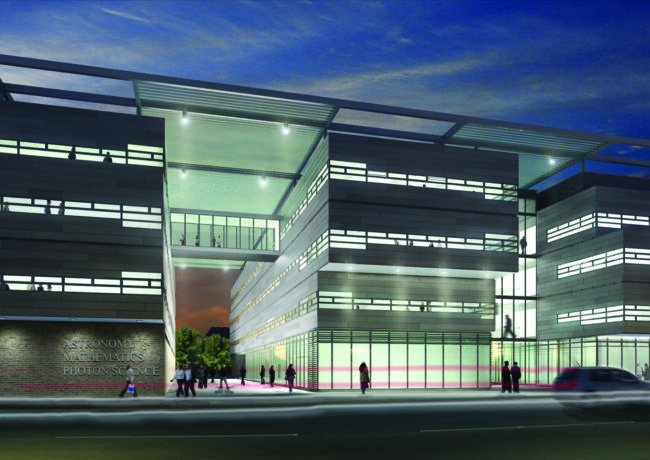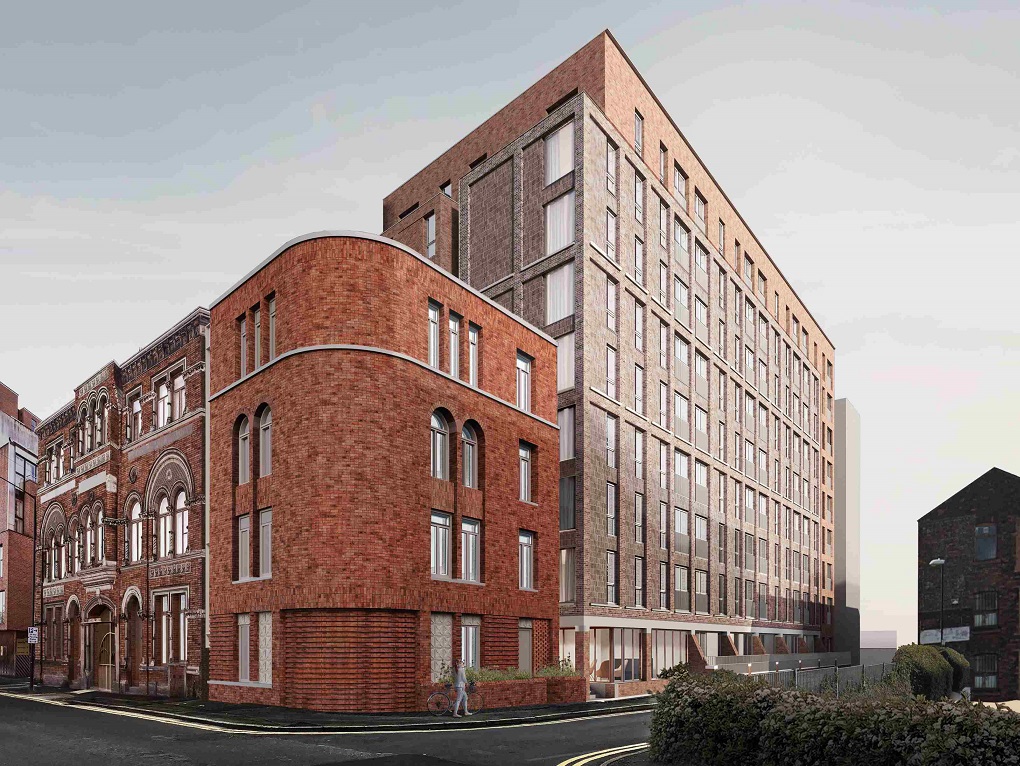Northern half of uni campus to be put on market
Manchester University has confirmed plans to sell off land and buildings north of the Mancunian Way in its development programme for the next ten years.
The Estates Strategy sketches out aims and objectives but stops short of setting valuation targets or timetables for the disposal programme. The university said this reflects the current economic climate which "will present challenging financial pressures and in the light of this we have not planned an implementation strategy. We will remain flexible and will review the estates strategy as the funding climate becomes clearer."
The university will concentrate development to the south of the Mancunian Way bypass on land already owned by the university off Oxford Road.
The area to be disposed of is largely the former UMIST accommodation deemed surplus after the merger with Manchester University in 2004. The strategy said the area "constitutes a range of buildings situated on land holdings that are nearest to the city centre and Piccadilly railway station and consequently having the highest land value of any part of the property portfolio. The values in this area are likely to increase with the implementation of the city council's strategic planning policies, notably the development of the Mayfield Goods Yard and derelict former London Road Fire Station."
The next phase will see a number of buildings become vacant: Faraday Building and Faraday Tower, to make way for 1,900 student bedrooms, the old maths and social sciences departments, Moffat and Morton buildings.
Several current projects will be completed to relocate schools and student accommodation onto the southern campus before the northern portion is sold off.
Since the merger in 2004 the university has completed the following projects:
- University Place, round building on Oxford Road, £65m
- Alan Turing Building, £60m
- John Garside Building, £40m
- AV Hill Building, £40m
- Biological Science Unit, £30m
- Relocation of school of pharmacy, £18m
- Refurbishment and extension of John Rylands University Library, Deansgate, £18m
The university, which has an annual income of £700m, owns 347 buildings with an insurance replacement value of £2.5bn, totaling 9m sq ft.
Among the long list of priorities for 2011 onwards are:
- Completion of a new £25m chemical engineering and analytical sciences building
- Rationalise materials department on one site, £25m
- New computer science facility, £25m
- Review and consolidate mechanical aerospace and civil engineering onto one site, £40m
- Relocation of the law school, £9m
Funding will come from the Higher Education Funding Council for England, disposals of surplus assets, grants from Cancer Research UK, Heritage Lottery Fund, own funds, and private partnerships.
Download the Estates Strategy here




